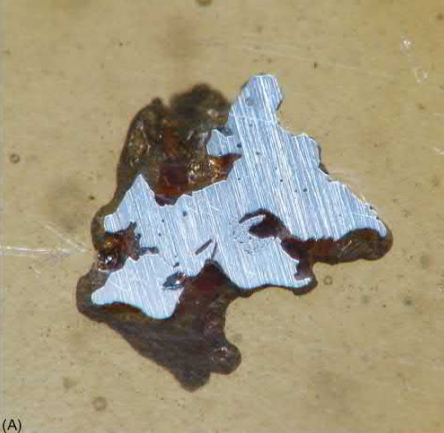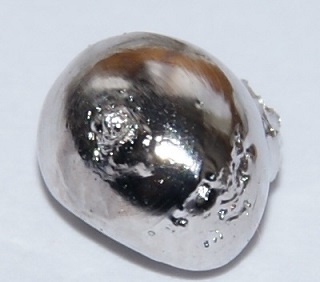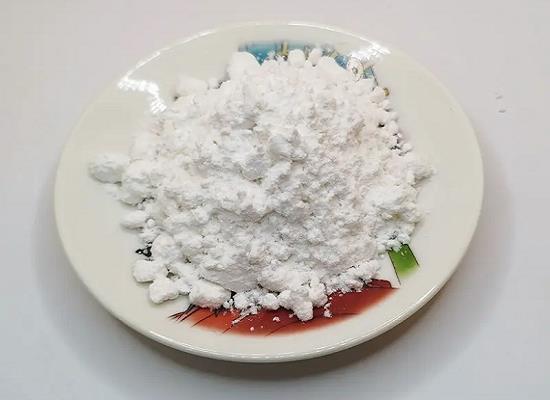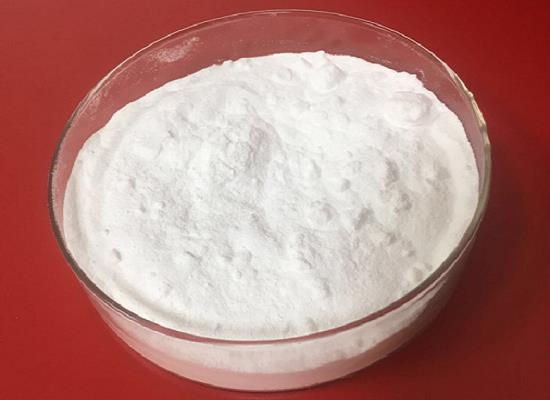Rhodium complexes: activities and toxicity
General Description
Rhodium complexes have shown promising activities in inhibiting the aggregation of β-amyloid (Aβ) peptides, which are implicated in Alzheimer's disease (AD) progression. Rhodium(III) complex demonstrated stronger inhibitory activity than iridium(III) complex and reduced the length of Aβ fibrils. It also exhibited luminescence enhancement upon interaction with Aβ species. Additionally, rhodium(III) complexes have potential as inhibitors of Janus kinase 2 (JAK2) activity, which is associated with myeloproliferative neoplasms. These complexes displayed anti-inflammatory and anti-angiogenic properties. Furthermore, rhodium(III) complexes showed promise as modulators of protein-protein interactions (PPIs), potentially suppressing tumor growth and angiogenesis. However, further research is needed to explore their efficacy and safety. Studies also revealed the cytotoxicity of Rh-O metalloinsertors, specifically towards mismatch repair-deficient cells.
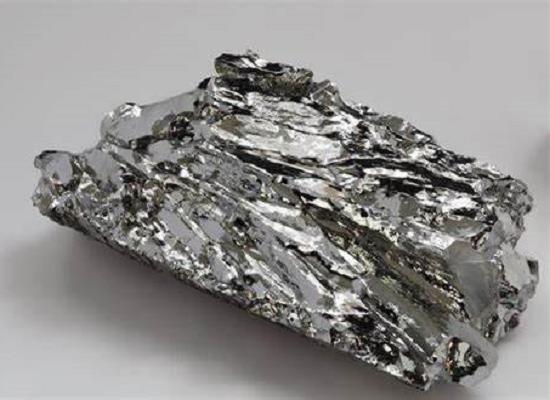
Figure 1. Rhodium
Activities
Inhabitation of β-amyloid aggregation
Rhodium complexes, have shown promising applications in inhibiting β-amyloid (Aβ) aggregation, a key pathological process in Alzheimer's disease (AD). The amyloid hypothesis suggests that the aggregation of Aβ peptides into toxic fibrils contributes to AD progression. Based on previous findings, solvato metal complexes were known to bind to histidine-rich proteins and act as luminescent stains for proteins. It was hypothesized that the labile ligands in these complexes could be displaced by the histidine imidazole N-donor moiety of Aβ peptides, potentially acting as irreversible inhibitors of Aβ aggregation. In experiments, both rhodium(III) complex and iridium(III) complex demonstrated inhibitory activity against Aβ aggregation, with rhodium(III) complex being more potent. The addition of complex significantly reduced the length of Aβ fibrils. The choice of metal ion influenced the inhibitory activity, with rhodium(III) being more effective than iridium(III). Complex exhibited strong luminescence enhancement upon interaction with Aβ monomers or fibrils, making it a useful luminescent probe for amyloid species. These findings suggest that rhodium complexes, particularly rhodium(III) complex 7, hold potential as therapeutic agents for the treatment or prevention of AD by inhibiting Aβ aggregation, while iridium(III) complex can serve as a luminescent tool for studying amyloid species. Further research is needed to explore their efficacy and safety in vivo. 1
Inhabitation of enzyme activity
Rhodium(III) complexes have shown potential as inhibitors of Janus kinase 2 (JAK2) activity, which is part of the Janus kinase/signal transducers and activators of transcription (JAK/STAT) pathway. This pathway plays a crucial role in cellular proliferation, differentiation, and apoptosis. Abnormalities in JAK2 signaling have been associated with myeloproliferative neoplasms (MPNs) such as polycythemia vera, essential thrombocythemia, and primary myelofibrosis. In a study, rhodium(III) complex effectively reduced nitrite production induced by lipopolysaccharide in macrophages and inhibited NF-κB signaling. It also displayed anti-angiogenic properties in endothelial cells, suggesting potential as an anti-cancer agent by suppressing angiogenesis. However, the specific molecular target of rhodium(III) complex remains unidentified, necessitating further research to understand its mechanism of action. 2
Modulating protein-protein interactions
Rhodium(III) complexes show great potential as modulators of protein-protein interactions (PPIs), which are vital for regulating important biological processes like cell proliferation, metabolism, and signal transduction. Traditionally, targeting PPIs has been challenging due to their large size and lack of specific binding sites. Inspired by the success of an iridium(III) complex as the first metal-based PPI inhibitor, researchers explored rhodium(III) complexes as PPI modulators. One promising complex demonstrated potent activity in vitro. Further studies using this complex in a melanoma animal model showed significant reduction in tumor size, volume, and weight compared to the control group. Notably, no signs of toxicity were observed, indicating its safety. This complex also inhibited STAT3 phosphorylation and reduced expression of genes involved in relevant pathways. Additionally, analysis suggested that this complex could inhibit angiogenesis, potentially depriving tumors of oxygen and nutrients needed for their growth. These findings underscore the potential of rhodium(III) complexes as valuable tools for modulating PPIs and pave the way for further exploration in anti-cancer therapies. 3
Toxicity
Studies have shown that rhodium metalloinsertors, specifically the Rh-O metalloinsertors family, exhibit unique characteristics in terms of DNA binding and cytotoxicity. These complexes bind specifically to DNA base pair mismatches and demonstrate higher potency and selectivity towards mismatch repair (MMR)-deficient cells compared to MMR-proficient cells. The second generation of Rh-O metalloinsertors, with varying ancillary ligands, were investigated for their DNA-binding affinity and cellular effects. These complexes consist of an O-containing PPO ligand and the aromatic inserting ligand chrysi, while their ancillary ligand L can be a phenanthroline or bipyridyl derivative. In DNA binding assays, these Rh-O metalloinsertors displayed micromolar affinities for DNA hairpin structures containing CC mismatches. Cellular studies using MMR-deficient and MMR-proficient cells revealed highly selective cytotoxicity towards MMR-deficient cells at nanomolar concentrations, particularly with phenanthroline-derived ligands. 4
Reference
1. Lim S, Paterson BM, Fodero-Tavoletti MT, O'Keefe GJ, Cappai R, Barnham KJ, Villemagne VL, Donnelly PS. A copper radiopharmaceutical for diagnostic imaging of Alzheimer's disease: a bis(thiosemicarbazonato)copper(II) complex that binds to amyloid-beta plaques. Chem Commun (Camb), 2010, 46(30):5437-54379.
2. Jatiani SS, Baker SJ, Silverman LR, Reddy EP. Jak/STAT pathways in cytokine signaling and myeloproliferative disorders: approaches for targeted therapies. Genes Cancer, 2010, 1(10):979-993.
3. Leung CH, Zhong HJ, Yang H, Cheng Z, Chan DS, Ma VP, Abagyan R, Wong CY, Ma DL. A metal-based inhibitor of tumor necrosis factor-α. Angew Chem Int Ed Engl, 2012, 51(36):9010-9014.
4. Boyle KM, Barton JK. A Family of Rhodium Complexes with Selective Toxicity toward Mismatch Repair-Deficient Cancers. J Am Chem Soc, 2018, 140(16):5612-5624.
Related articles And Qustion
Lastest Price from Rhodium manufacturers

US $1.00/KG2025-04-21
- CAS:
- 7440-16-6
- Min. Order:
- 1KG
- Purity:
- 99.95
- Supply Ability:
- 300kg

US $6.00/kg2025-04-21
- CAS:
- 7440-16-6
- Min. Order:
- 1kg
- Purity:
- 99%
- Supply Ability:
- 2000KG/Month

